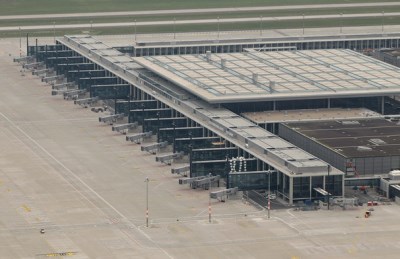Delivering infrastructure projects in a way that delivers the expected benefits is essential for the good utilization of public and private resources. Still, many infrastructure projects do fail, sometimes miserably and publicly, like for example the new Berlin Brandenburg airport. Causes are almost always the same – poor governance, poor management of changes during the project, and poor coordination of contractors and their interfaces.
An interesting paper by McKinsey proposes as a solution to these failures that the risk management framework around large infrastructure projects should be deeply reviewed. In typical McKinsey style they state “In our view, most overruns are foreseeable and avoidable. Many of the problems we observe are due to a lack of professional, forward-looking risk management“. The paper goes on with good recommendations on how to implement a comprehensive and consistent risk management process throughout the entire project lifecycle.
But is that sufficient? In my view, process-based solutions are only effective if there is no basic governance breakdown. And more often than not, this is the issue, with situations such as:
- over-inflated usage expectations, to justify the investment, based on other motivations (political, status within the company, etc.),
- under-estimated costs and duration to make the investment more palatable to investors,
- under-estimated effort to coordinate the project and poor contractual approaches with contractors
- etc.
It happens too often that we are called as consultants to sort out an issue in the mechanistic project execution only to find out that it is the entire project governance that is rotten to the core.
No amount of process will deal with this issue if the system is not ready for candor and self-examination. It is often necessary to take a broader view and address the complexity of decision-making to deal with problems. It’s often tough and we feel like pulling teeth, but that is what needs to be done when things go awry in infrastructure projects.


